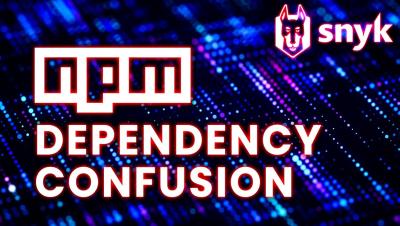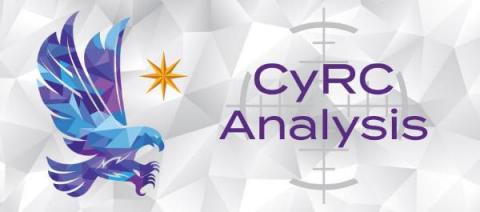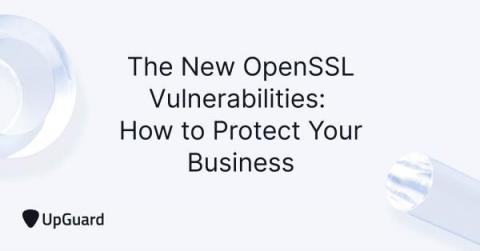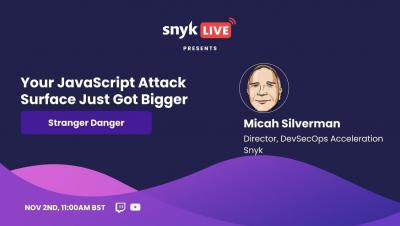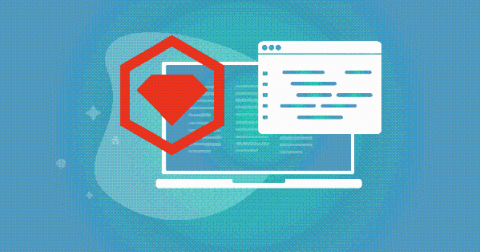Cloud security fundamentals part 4: Align and automate with policy as code
Security policies are still awaiting digital transformation. A key phrase in today’s cloud-driven world, “digital transformation” generally refers to the ongoing work of digitizing formerly paper-based processes. “Paper,” however, is not literal — many processes don’t use paper, but still flow as if they were. Uploading a document to Google Drive, in other words, doesn’t amount to digital transformation.



